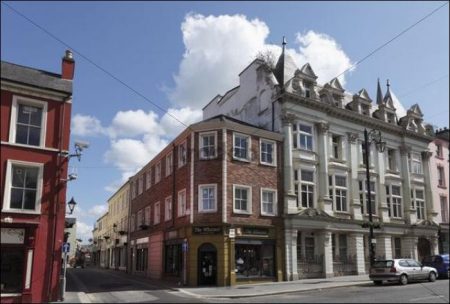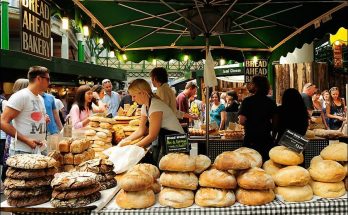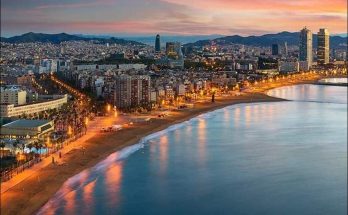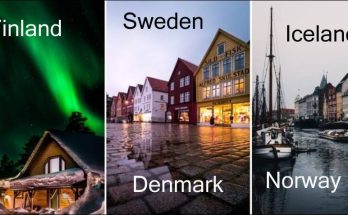Derry is to one-fourth of Ireland a kind of holy city, a symbol, a flag, rather than a mere group of habitations. And although much that it has come to symbolise is distasteful to Ireland as a whole, yet no good Irishman will grudge Derry its peculiar pride, its honest fame. Here we are in a stratum of history wholly different from any which has been illustrated by the towns so far studied.
In Derry’s history the Norman has no part. The place has very definite associations which go back to the early days of Christianity in Ireland; but nothing exists to link the earlier history with the later, except rock, earth, and water, the configuration of the ground, and enduring names that keep alive the memory of a great saint, a great man. A glance should be thrown backwards to those far-off beginnings of a common civic life on that isolated hillock by the Foyle, for these are the memories that unite.
Doire, Derry, or “the Derry,” as it was long called, means the oak wood; and it was here that Columba established his first monastery; it was from this abode that he set out on his missionary journeys; it was for Derry that (in the poignant Ulster phrase) he “thought long” in Iona. The cathedral church which stands to-day as it has stood for nearly three centuries on the top of the hill enclosed within Derry’s walls: which treasures by its altars flagstaffs captured in the great siege: which is the very heart and focus of Protestant Ulster today as it was when guns were planted on its tower to hurl back defiance and the words “No Surrender”: that cathedral is St. Columba’s Cathedral, and it is the parish church of Templemore, Teampull Mor, the Big Church, that grew up beside Columba’s monastery.
As a town Derry is without beauty, except that which comes from its situation on rising ground beside a very noble river; it possesses no building of architectural beauty, no trace of sculptor’s work that a trained eye would rest on with pleasure. But –and this is no small matter–there are few places in it that would offend the eye. It is not wholly a manufacturing town, and such traces of country life as Mr. Thomson’s sketch indicates may be seen frequently enough.
As a whole, it is clean, tidy, wellkept, prosperous-looking, with many signs of welldoing and comfort, few of wealth and luxury. There are good serviceable shops, but not the shops of expensive wares that one sees, for instance, at an English watering-place. It is primarily a county town; the county town in reality of Donegal as well as of its own county; supplying the wants of a gentry not rich but numerous, and of a farming population which, using the plough, brings a good deal of custom to traders.
Views: 184



